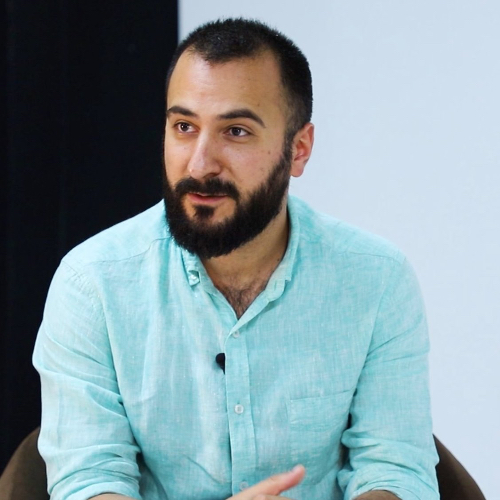134 reads
Vibe Coding: Lowering the Cost of Trying
by
September 25th, 2025
Audio Presented by

COO of Hexact, a SaaS company building no-code, AI-powered automation and business intelligence tools
About Author
COO of Hexact, a SaaS company building no-code, AI-powered automation and business intelligence tools